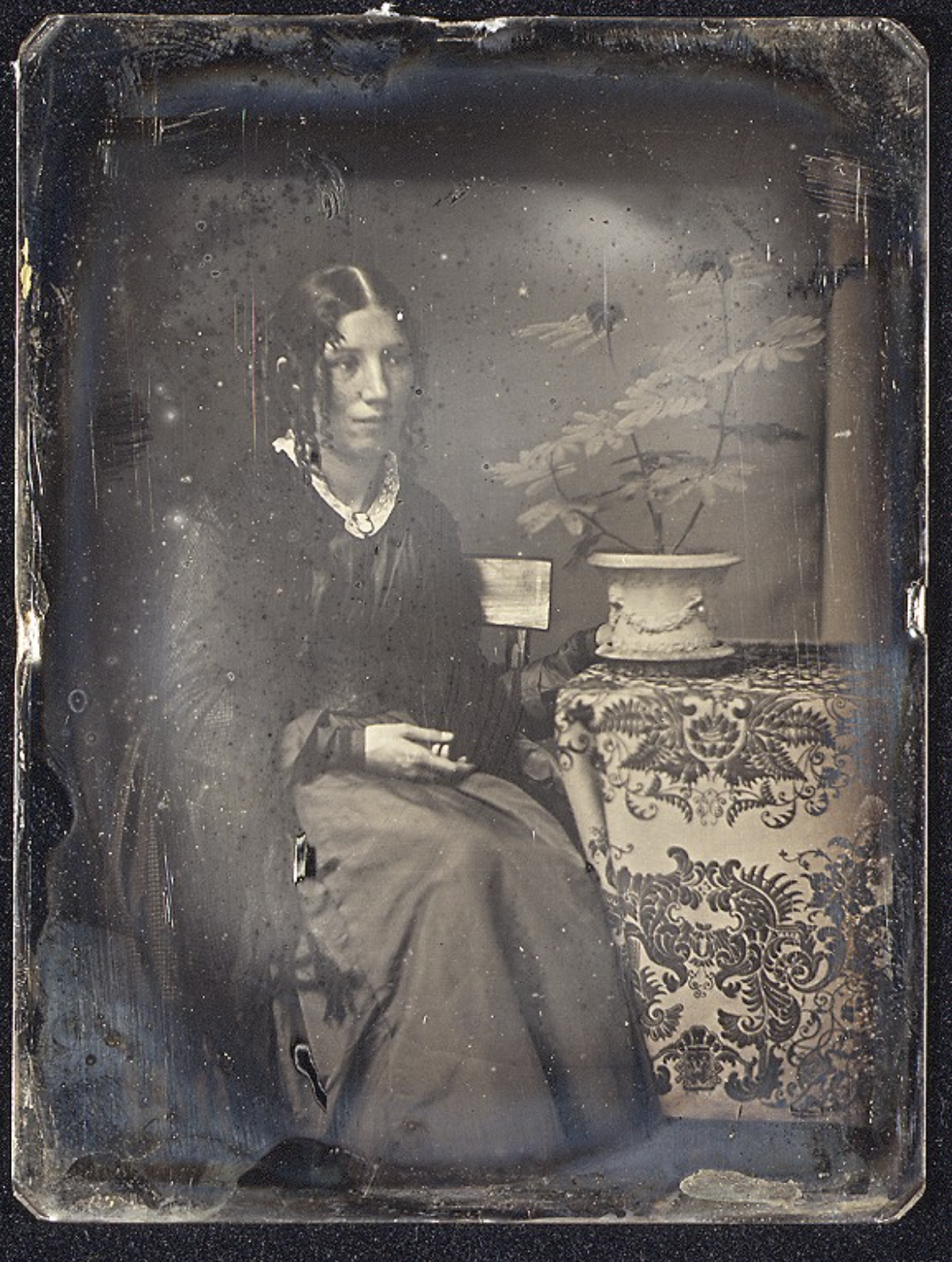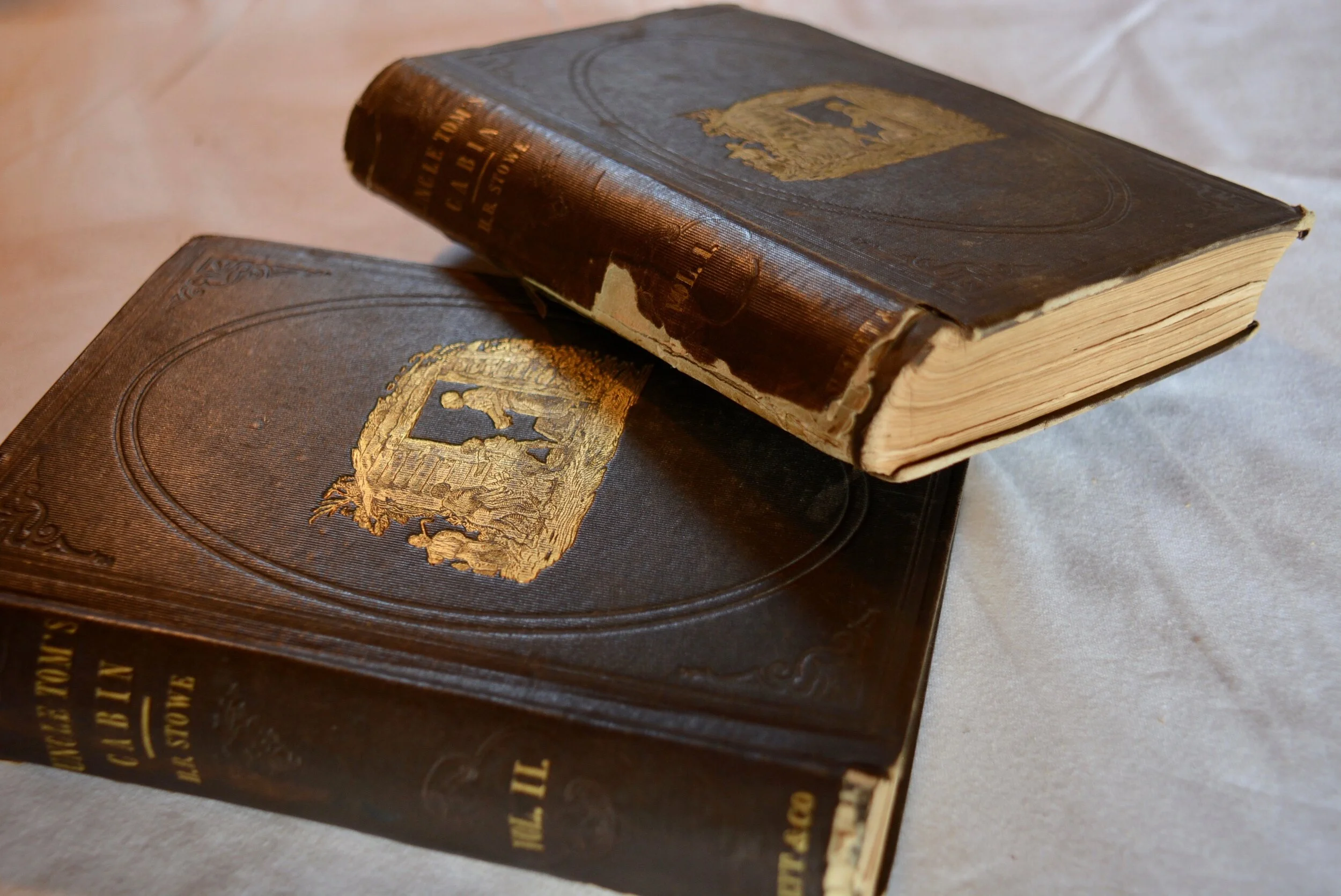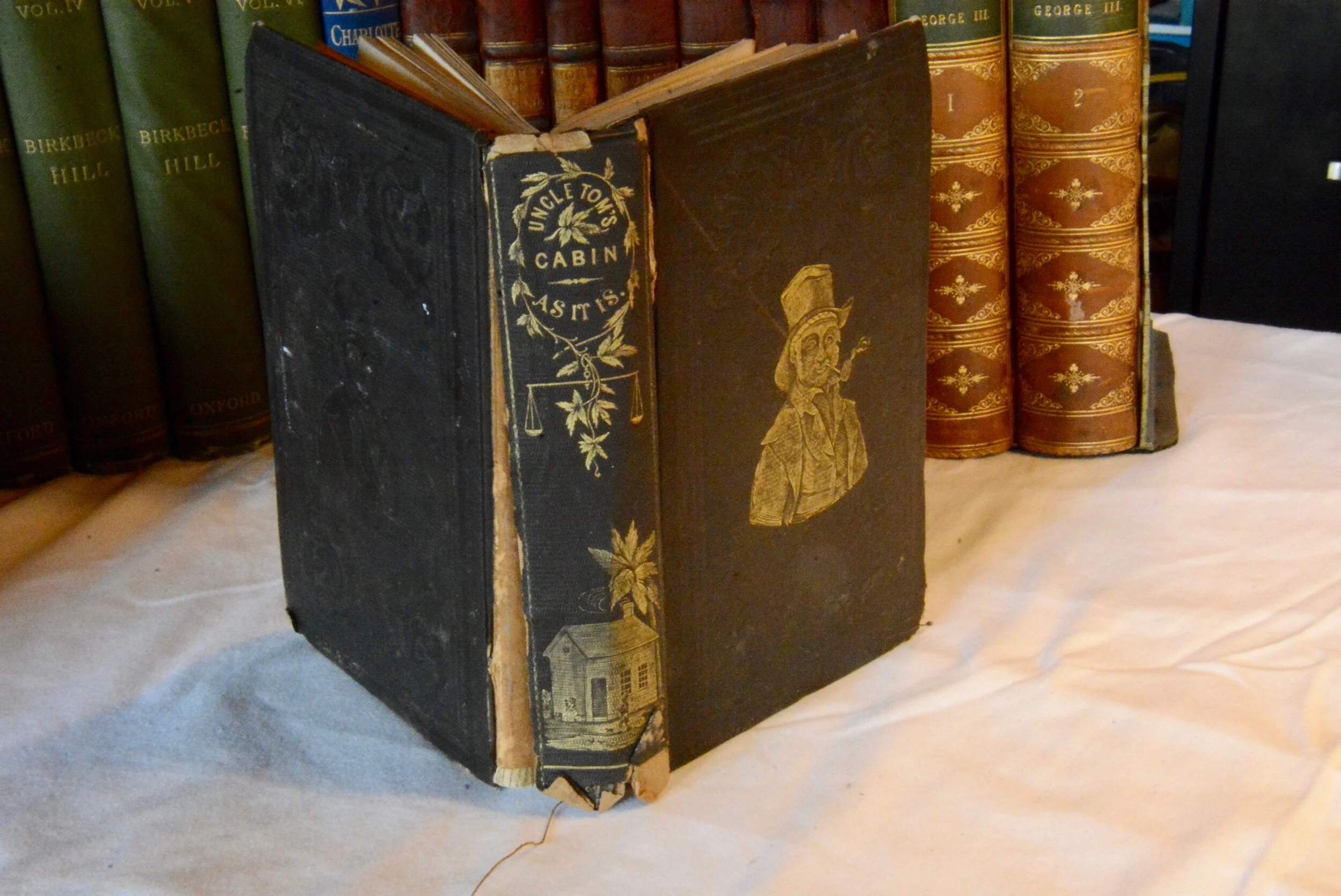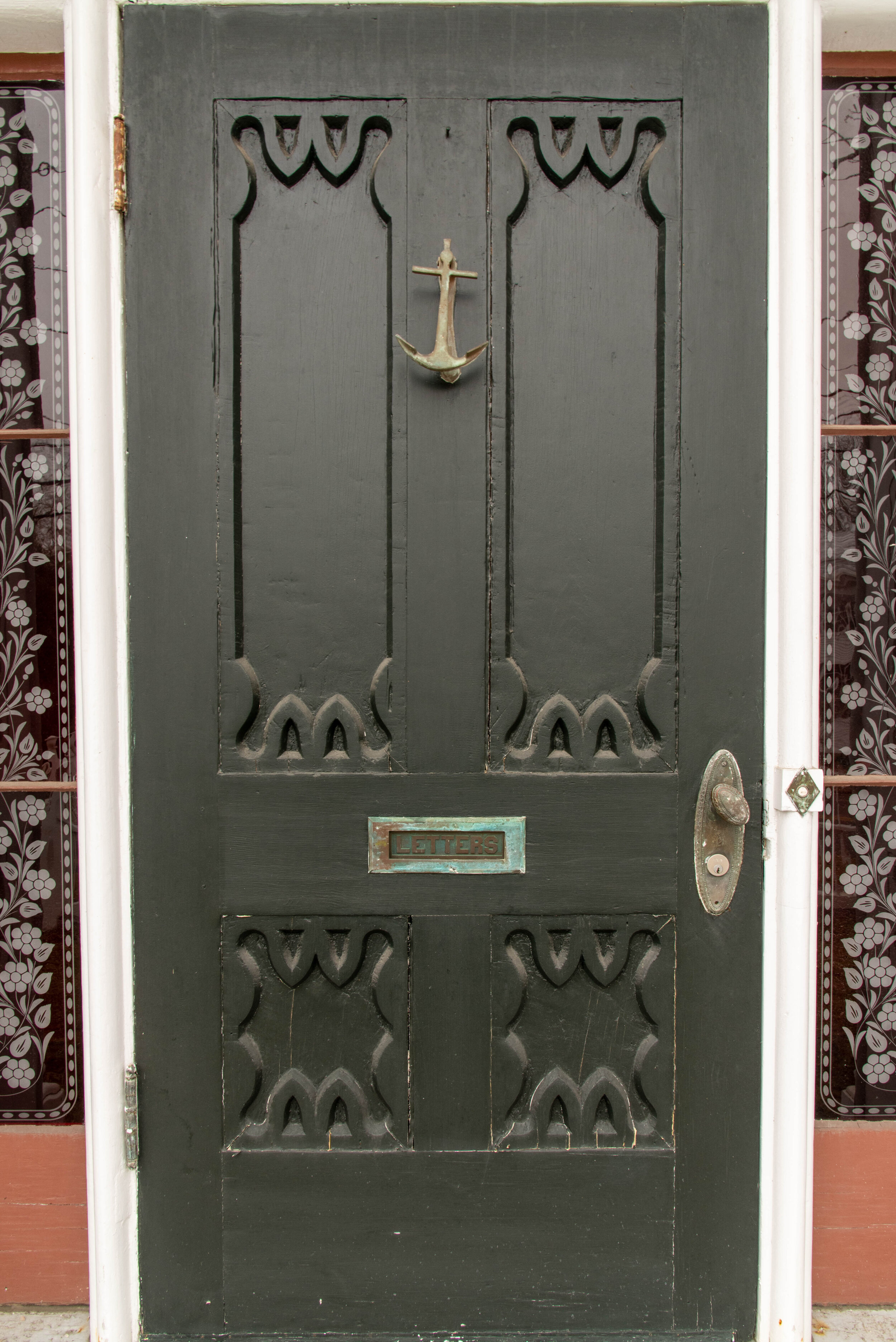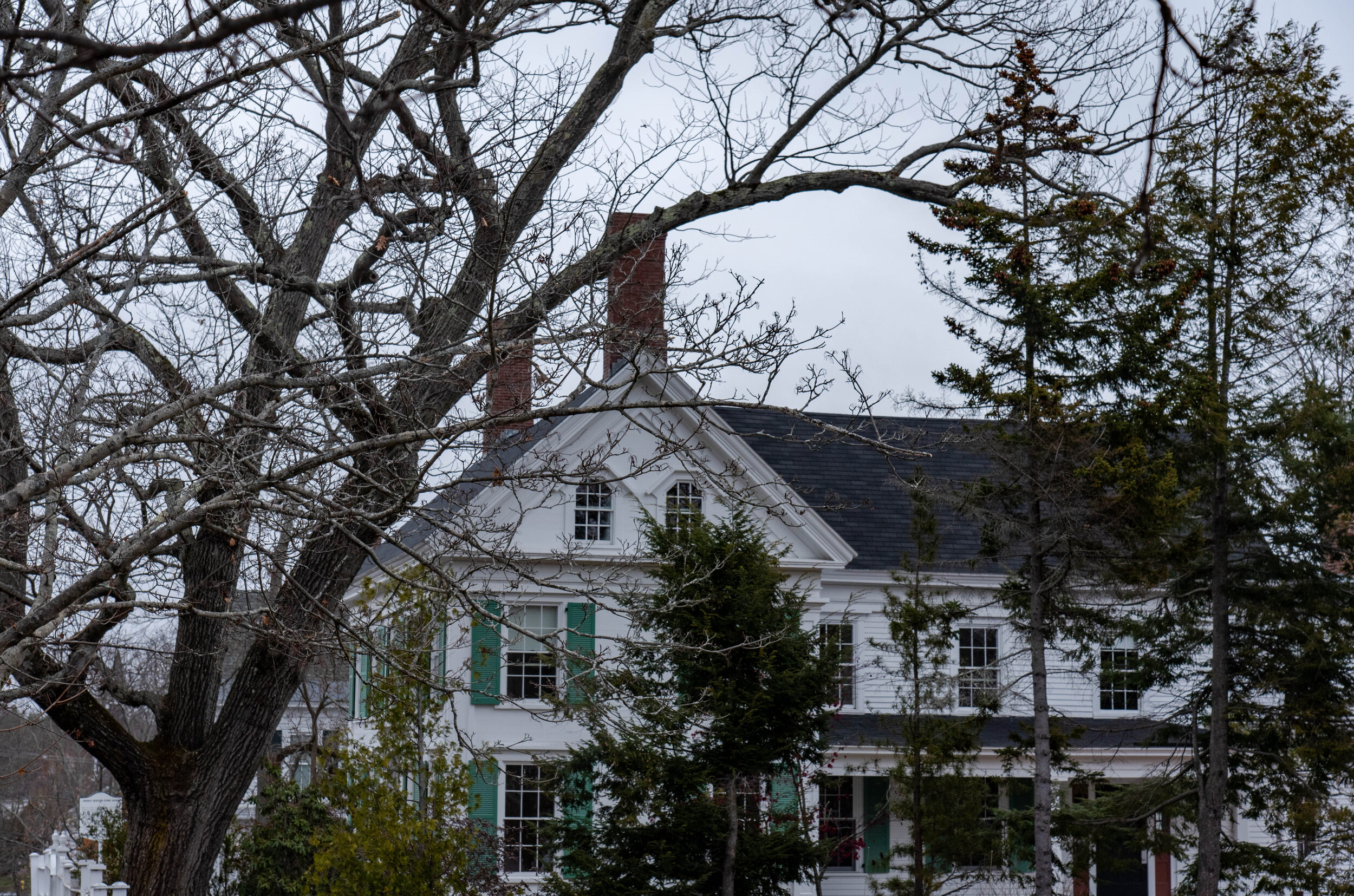In the shadow of Bowdoin College where Harriet Beecher Stowe is reputed to have written Uncle Tom’s Cabin, the accepted canon of civil war literature has a distinctive abolitionist tinge. A first edition of Uncle Tom’s Cabin evokes powerful images.
Consider whose hands this first edition may have passed through, one of the first 5000 copies printed. 295,000 more would follow that first year of 1852. By then Stowe had moved to Andover Massachusetts ending her two year sojourn beneath the pines of Brunswick. That is correct; she lived here just two years.
Volume I above was among the first 5000 printed, a “first edition, first printing." Volume II was in the “The Ten-Thousandth,” that is first edition, but third printing of 5000. Before being bound and sold in book form the story was serialized in a Washington DC based anti-slavery newspaper, The National Era. It ran in forty-one installments beginning in June 1851 while Stowe still lived in Brunswick and ending in April 1852.
What did this copy mean to those who held it? How did they acquire it? Was there an equivalent of pre-ordering on Amazon in 1852? Who was it shared with? Did the book pass from hand-to-hand among a circle of important, influential people? Imagine this very copy on the night stand of a person whose mind it would change. In 1852, with Uncle Tom’s Cabin new to print, Louisa May Alcott and her family moved from their Concord, Massachusetts home, Hillside, selling it to Nathaniel Hawthorne. Perhaps a copy was left behind in the shuffle.
The same first edition also provoked a broad but shallow counter reaction in the literary world. Instead of landing in the household of some abolitionist, it may have belonged William L.G. Smith and inspired his effort to refute Stowe’s work with his own Life at the South; Uncle Tom’s Cabin, As It Is. Sometimes known as plantation literature, or Anti-Tom novels, a collection of twenty-seven known novels tried to tell the “real” story of slavery.
Louis Masur, writing in the Chronicle of Higher Education, observed: “A literary countermovement emerged: anti-Tom novels that sought to offset the claims of Stowe's fiction by showing slaves as content, denouncing the treatment of free blacks in the North, and portraying slaveholders as good Christians. The best-known of those included W.L.G. Smith's Life of the South; or, "Uncle Tom's Cabin" As It Is…” Masur noted that these novels did not sell particularly well. In part because Stowe had anticipated the retorts and possible pro-slavery responses by publishing, nearly simultaneously, A Key to Uncle Tom's Cabin; it focuses on the characters in the novel and provides testimony from newspapers, slave narratives, letters, and other sources to support in its portrayal of slavery. Stowe argued that Uncle Tom's Cabin, "more, perhaps, than any other work of fiction that ever was written, has been a collection and arrangement of real incidents, of actions really performed, of words and expressions really uttered, grouped together with reference to a general result. ... This is a mosaic of facts.”
The Anti-Tom plantation literature included nearly thirty novels that attempted to blunt the impact of Uncle Tom’s Cabin. This one, William L.G. Smith’s 1852 effort closely mimicked the look of Stowe’s work.
Consider whose hands these Anti-Tom novels passed through. What did it mean to them? How did they acquire it? Who did they share it with? Did it pass from hand-to-hand among a circle of important, influential people? The question is just as interesting, but from a diametrically opposite perspective.
Also hitting the shelves in 1852 this fake Uncle Tom could easily have been confused with Stowe’s original. Its publisher chose not to print the first clause of the title, Life at the South, on the book’s spine, instead going with just Uncle Tom’s Cabin and dropping in the subscript, “As It Is,” almost as an after thought. A coincidence, who knows?
Either way this particular piece of the Anti-Tom canon is worth a lot less today than the real Uncle Tom’s Cabin. As of this writing AbeBooks shows six copies running from between $88 to $366 depending on condition(my fair copy entered the fray at 88 and at some point I re-listed it at 66, it was listed online for 19 months before selling) . Meanwhile first editions of Stowe’s book run from $400 to $15,000.
An excellent source of material concerning Uncle Tom’s Cabin, is Uncle Tom’s Cabin & American Culture: A Multi-Media Archive. This web based archive curated by University of Virginia Professor Emeritus Stephen Railton contains the original texts of UTC, along with contemporary news accounts, reviews, press notices, and editorials. It also includes the full texts of eighteen of the Anti-Tom novels as well as an exploration of Uncle Tom’s influence in children's literature, music, the theatre, and film.
Stowe was in Brunswick for just two years, deployed here as a faculty wife at Bowdoin. Her brief time as a Face of Brunswick has been recounted in one way or another for generations. During the latter half of the twentieth century most in Brunswick remember the Stowe House as a restaurant and inn that eventually added a motor court style addition. Now a National Historic Landmark, the house was purchased by Bowdoin College in 2001; the house itself serves as offices together with a historic site, “Harriett’s Writing Room,” which is open to the public. The local Congregational church has long marked a pew where Stowe was reported to have occupied for her two years in Brunswick.
More recently, Brunswick’s a new elementary school, opened in 2011, was named for Stowe. Even as Stowe’s work influenced generations, and world events, her legacy in town can still stir powerful emotions. A public dispute over just where she sat while she wrote Uncle Tom’s Cabin erupted in court battle between neighbors and the college. The neighbor claimed that Stowe had rented a room in their house to write in as her own rented home at 63. Federal Street was too chaotic; the college has long maintained that she likely wrote at home or in her husband’s office in Appleton Hall.
Other Related Books from the Rabbit Hole listed on AbeBooks.com
A first edition, first printing of Uncle Tom’s Cabin, 1852, Harriett Beecher Stowe (sold).
A first edition of Life at the South: Uncle Tom’s Cabin, As It Is, 1852, William L.G. Smith, $88 (Sold for$66)
A first edition of Two Little Confederates, 1888, a children’s story loosely based on the life of its author, Thomas Nelson Page, who grew up—white—on a plantation in Virginia. A reviewer on Goodreads tells us, ”This look at the Civil War through the eyes of two young Southern brothers exposes the many evils done to the South by the North.” Flipping through it and looking at the nicely done illustrations, you sense a strong tang of Gone With The Wind . $27 (Sold)
A first edition of Dred: Tale of the Great Dismal Swamp, 1856, Stowe’s second novel concerning slavery in two volumes, $88 (Sold)
